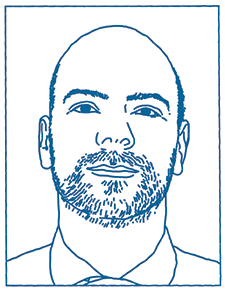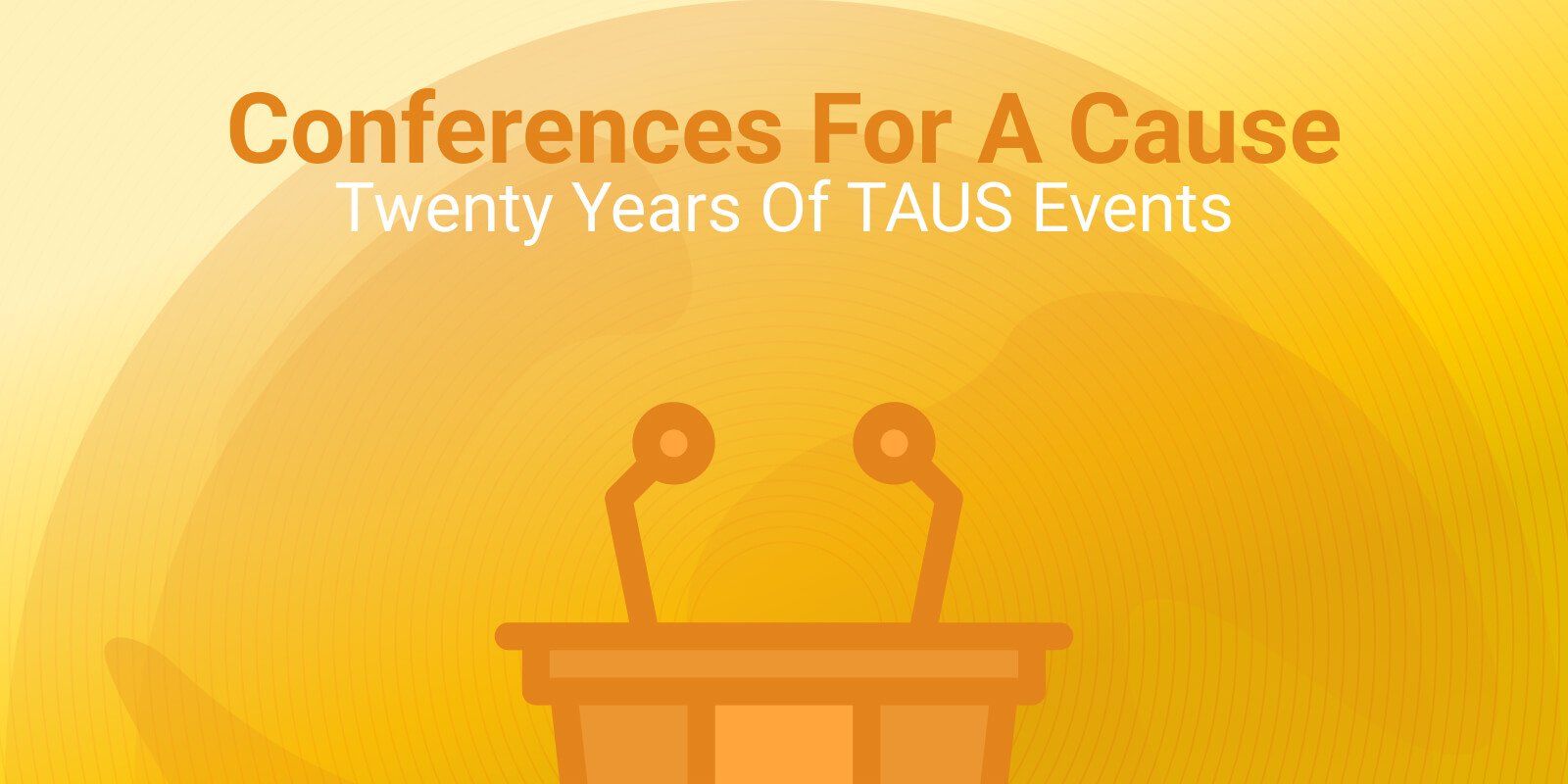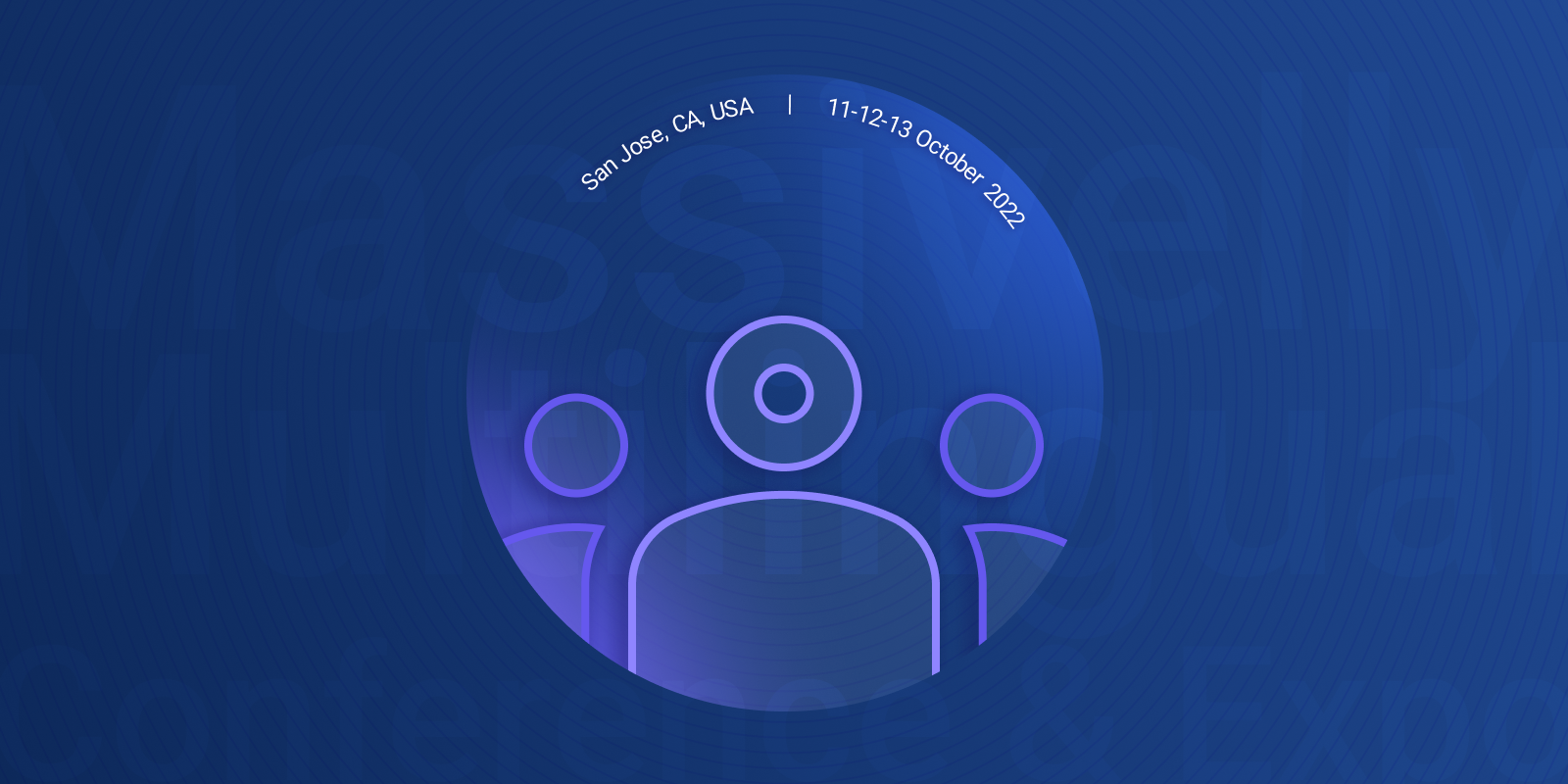Quality is Collaboration: Reflections on the 10th TAUS QE Summit

Blog post describing the state of the translation industry and the quality evaluation challenges we are still facing today.
TAUS recently held its 10th Quality Evaluation (QE) Summit in Barcelona, welcoming participants from all over the world both from the buyer and the vendor side. The event was hosted by CA Technologies, a software company specializing in business management software.
The objectives of TAUS QE Summits are to lay out strategies, raise awareness of industry dynamics and where possible agree to share and take collaborative actions. Participants discuss relevant topics, recommend best practices and outline collaboration plans.
DQF on the Heart Rate Monitor
After ten QE Summits, it's time to evaluate. What have we achieved since the conception of this event?
To answer this question, we kicked off the event by plugging TAUS DQF (Dynamic Quality Framework) on the heart rate monitor. A short overview of the history of TAUS and DQF showed that we have made considerable progress as an industry but we are not quite there yet.
In 2011, the foundational report of DQF was published. At that time, many argued for absolute quality: "You can negotiate about time and cost, but don't you dare to touch quality!"
In 2013, the first QE Summit took place hosted by Microsoft resulting in a community of language professionals that cautiously started to take a more nuanced approach to quality. In recent years, that community has grown and we have seen a shift from quality in absolute terms to a relative approach.
Most buyers and vendors now, agrees that quality is something dynamic and re aware of DQF. Numerous companies are actively using the framework in production. At least eight CAT tools, TMSs and review tools have integrations to the Quality Dashboard (the online interface of DQF) and many more integrations are underway.
Quality Management Best Practices
In what follows, I would like to highlight the first session of the QE Summit focusing on quality management best practices because this session provided participants with a self-portrait of the translation industry: the state of the art and the challenges we still face today. The session addressed three subtopics:
- The importance of setting quality expectations upfront and also throughout the supply chain.
- The importance of supporting the supply chain and translators in particular.
- Getting the big picture on quality to focus where it is needed. The lively discussion around content profiling, quality levels and translator support resulted in a number of tips and tricks that turned out to be interesting takeaways of the event.
Quality Depends on Needs and Expectation
Specifications are incredibly important when it comes to delivering the right quality. For this reason, we need a differentiated approach and we need different quality levels. Content profiling should also take into account the visibility, the frequency of usage, the immediacy and the shelf-life of content as well as budgetary constraints, cultural differences and market needs. Quality models should be customized to meet the various criteria. However, specifying clear-cut quality levels with standard definitions still seems to be a challenge that remains unsolved even by various international standards. One reason for that is the lack of data that could help us extrapolate and create quality models.
Data is Key
Data could give us the answers: content profiles could be correlated with quality levels, error profiles and productivity measurements with user profiles, and process and technology with efficiency. This would be a bottom-up approach evangelized by TAUS and its Quality Dashboard team. In order to come up with meaningful benchmarks, however, a more intensive use of the Quality Dashboard is needed and more datasets to train machine learning algorithms. Obviously, this doesn't happen overnight. In the meantime, a top-down approach was suggested by one of the panelists: until we have a reasonable size of data collection, let users specify common quality-productivity-content profile constellations. These can be stored in an open repository and accessed by the users of DQF in order to adjust error-profiles including pass/fail thresholds, severity levels, granularity and error-types. For more information on quality evaluation using the DQF-MQM harmonized error typology, read the blog post written by TAUS representative Kirill Soloviev or download the Quality Management White Paper here.
Transparency and Support
In increasingly agile workflows with fast turnaround times transparency and good communication between buyers and vendors are becoming more important than ever. Translation vendors need to earn enough and have enough time to do the job. Expectations should be realistic. To make sure vendors provide the right style and quality level, examples and clear guidelines need to be provided before project take off.
LSP vendors also need to be briefed about the type of audience, preferences, style and terminology. Ideally, the reviewer selected for a project will match the audience. A centralized technology approach also helps streamline the workflow and spread information among all stakeholders. Other suggestions that came up in this session are having regular handshakes between vendors and buyers on quality as well as celebrating success using kudos for translators.
Fit for purpose
The interesting sessions, the lively break-out discussions and the demos by two CAT tool providers (Memsource and XTM) underlined the "fitness" of DQF for the industry. There is a high level of interest and it is only a question of time before DQF will be a "common currency" in our sector. As the saying goes: "success doesn't happen overnight". It takes some time before thousands of companies active in translation adopt a system. One way to go is to become part of the community. TAUS offers online meetings and face-to-face events like the QE Summit to facilitate the implementation of DQF.
TAUS QE Summits
The biggest value of the QE Summit lies in its clear focus and highly interactive nature. The panel discussions, the lunch-time networking and the break-out sessions all contributed to make this event a popular one among all localization get-togethers.
The next QE Summit will be on November 1st in San Jose hosted by eBay. This time we have chosen for a slightly different format: we will have short use case presentations by the participating companies in the morning followed by 3 expert sessions and break-out discussions in the afternoon. Check-out the program here.

Attila Görög worked in various national and international projects on language technology. He had a solid background in quality evaluation, post-editing and terminology management. As Director of Enterprise Member Services, he worked mostly with large enterprises involved in the TAUS community and hosted TAUS user groups until 2017.
 by Şölen Aslan
by Şölen Aslan



